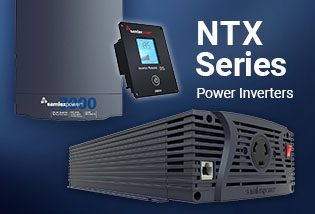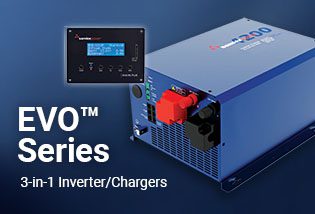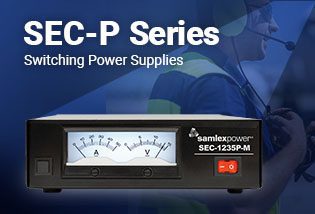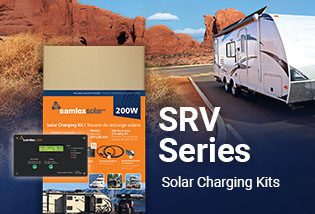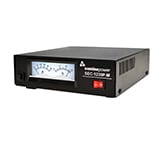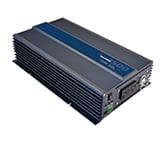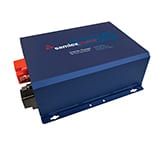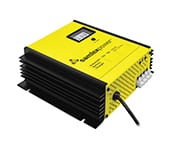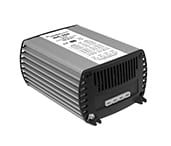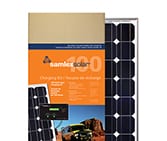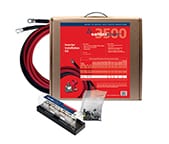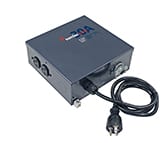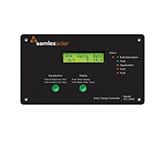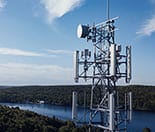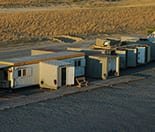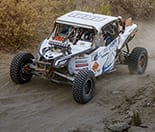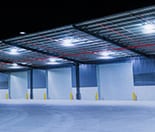| a | |
| Alternating Current (AC) | The type of electric current that powers all electric appliances in your home. |
|---|---|
| Array | A set of photovoltaic panels. A home solar electric system might include several arrays on different parts of the roof. |
| Azimuth | The direction a solar electric system faces (e.g. north, south, east, west). |
| b | |
| Balance of System | All the parts of a solar electric system excluding the solar panels and the inverter. Balance of system usually includes items like racking, wires, conduit, and safety shut-offs. |
| Base load | The amount of electric power a utility must supply constantly to meet the demand for energy. |
| Battery | A battery back-up for a solar electric system stores the extra power the solar system makes. A home can use that power when the solar system isn't producing enough energy, at night, or in a power outage. |
| c | |
| Cell | The smallest part of a solar panel that converts light into solar electricity. |
| d | |
| Direct Current (DC) | A type of low voltage electrical current. DC electricity is produced by solar cells and must be converted into AC before it's usable in a house. |
| g | |
| Gigawatt | One billion watts. |
| Grid | A system of high tension cables in a region that distributes electricity to homes, businesses, and other buildings. |
| Grid tied/Grid connected | A solar system that is connected to the power grid and uses the grid as a backup source of power. |
| Ground mount | A solar electrical system that is mounted on the ground instead of on a roof. |
| i | |
| Interconnection | The process of hooking up a solar electrical system to the power grid. |
| Inverter | The electrical device that converts direct current (DC) electricity into alternating current (AC) electricity. |
| k | |
| Kilowatt | One thousand watts. |
| Kilowatt-hour (kWh) | 1,000 thousand watts acting over a period of one hour. A kWh is the unit of energy. |
| m | |
| Megawatt | One million watts. |
| Module | A solar panel, or a group of solar cells. |
| n | |
| Net Meter | An electricity meter that spins both forward and backwards. It can track how much electricity your solar system puts into the power grid and how much electricity your home pulls out of the grid. |
| p | |
| Panel | A group of solar cells; a module. |
| Photovoltaic | The process of converting light into electricity. |
| s | |
| Semiconductor | A material that has a limited ability to conduct electric current. Semiconductors used in different types of solar panels include copper indium diselenide, cadmium telluride gallium arsenide, and silicon. |
| Silicon | A dark gray, semi-metallic, chemical element. Silicon is the material most commonly used semiconductor used in solar cells and computer chips |
| Solar constant | The average amount of solar radiation that reaches the earth's upper atmosphere, equal to 1353 watts per square meter. |
| Solar energy/ power/electricity | Power that is generated by the sun |
| Solar noon | The time of day when the sun reaches its highest point in the sky. This time divides the daylight hours for that day exactly in half. Solar noon may be quite a bit different from 'clock' noon. |
| Stand alone | (also, off grid) A solar electric system that is not connected to a power grid and which may or may not have a battery. |
| t | |
| Tilt | The angle a solar panel makes with the horizon. The ideal tilt for a location will mean that the panels absorb as much sunlight as possible. |
| Tracking panels | Solar panels that can change the direction they face to follow the sun's movements. |
| w | |
| Watt | A unit of power equal to amps times volts. |


